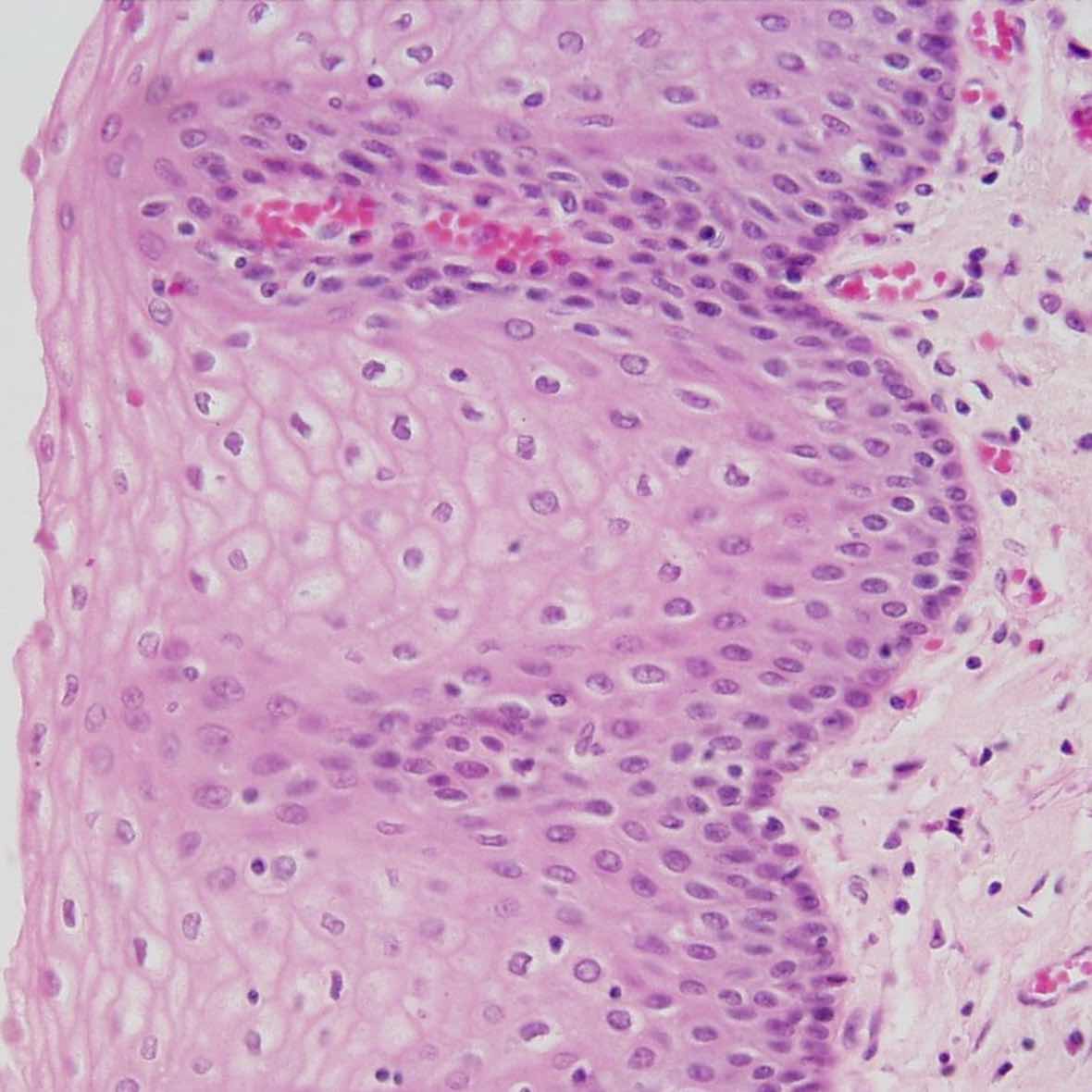Articles
Featured Articles
FHIT suppresses inflammatory carcinogenic activity by inducing apoptosis in esophageal epithelial cells

Publisher's note
All claims expressed in this article are solely those of the authors and do not necessarily represent those of their affiliated organizations, or those of the publisher, the editors and the reviewers. Any product that may be evaluated in this article or claim that may be made by its manufacturer is not guaranteed or endorsed by the publisher.
All claims expressed in this article are solely those of the authors and do not necessarily represent those of their affiliated organizations, or those of the publisher, the editors and the reviewers. Any product that may be evaluated in this article or claim that may be made by its manufacturer is not guaranteed or endorsed by the publisher.
Received: 30 October 2009
Accepted: 8 May 2010
Accepted: 8 May 2010
2370
Views
633
Downloads
1424
HTML







